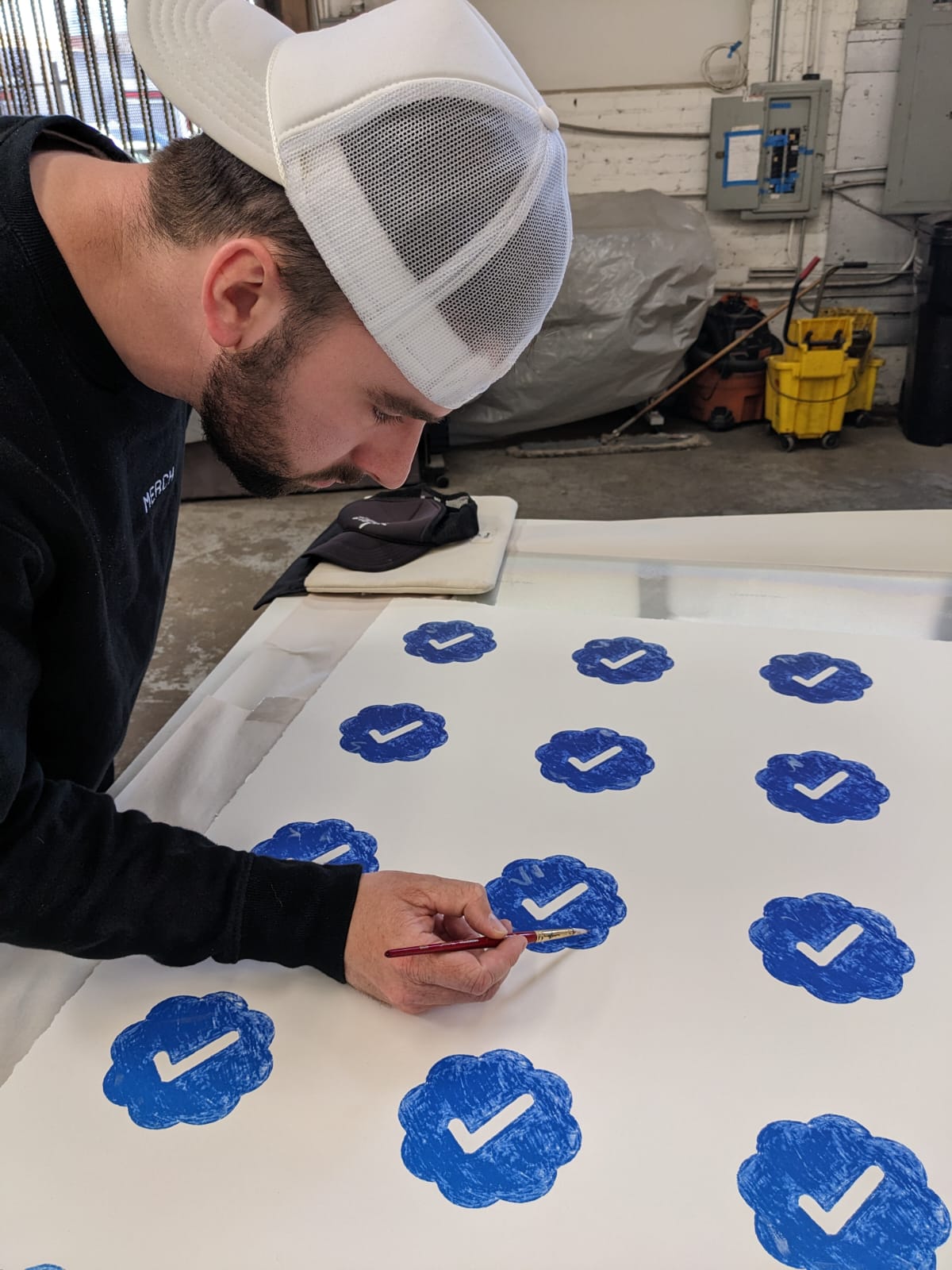Signs of dynamic shift like blockchain, AI helps track Xinjiang cotton

Several companies such as TrusTrace, SupplyShift and TextileGenesis have developed technologies that use blockchain and AI to track supply chains for fashion brands. Brands can use the platforms offered by these companies to feed all their purchase orders and certifications. Industry sources indicated that brands must show a full digital chain of custody to definitively prove the absence of Xinjiang cotton. If a brand has full control of the supply from the farm onwards, it will not be impossible to trace a gene using the latest technologies.
An industry expert told Fibre2Fashion, “US authorities have complete information on genes from Xinjian-produced cotton. The technology has made it easier to trace the gene throughout the value chain.” He said that if an exporter buys yarn from any country, and if the raw material, i.e. cotton from a particular lot of yarn, comes from the Xinjiang region, then the original gene is very traceable.Using blockchain and artificial intelligence, technology companies definitively prove that a particular batch of yarn or garment is made of cotton produced in the Xinjian region of China or not.
There are indications of changing global textile industry dynamics on the ground due to the US ban on cotton from the Xinjiang region taking effect. That’s because international brands are able to monitor and implement a total and effective ban on cotton produced in the Xinjiang region using the latest technologies such as blockchain and artificial intelligence (AI).
Industry sources said there is a sense of unease among exporters who use raw materials imported from various countries. If the gene from the Xinjiang region is found in final products in US ports, the authorities will fine heavily. Therefore, a number of technology companies have geared up to offer services to clothing brands that are present on the American market. These brands trace the entire value chain with the help of technology companies. These brands import garments from various exporting countries and therefore they have to monitor supplies not only from China but also from other countries because exporters can use raw materials imported from any other country.
The ban on Chinese cotton has already affected cotton prices. Chinese cotton is losing ground due to lower demand. While the export of fabrics, yarn and cotton produced in other countries is growing. So there is a strong possibility that the global textile value chain may undergo a paradigm shift due to these developments.
With a 24.73 percent share, China was the largest garment supplier to the United States in 2021. According to Fibre2Fashion’s market insight tool TexPro, Vietnam (17.26 percent), Bangladesh (8.33 percent), India (5.11 percent), and Indonesia (4.04 percent) were the next four largest suppliers to the United States. However, China’s share decreased to 20.90 percent of US total apparel imports of $49.755 billion during the first half of 2022. On the other hand, the share of the next four apparel supplier countries increased during the period. Vietnam’s share rose to 18.28 percent, Bangladesh 9.65 percent, India 6.47 percent and Indonesia 6.07 percent. Thus, China’s declining share of US apparel imports results in an increase in the share of other Asian countries, indicating a dynamic shift in global textile production and trade.
Fibre2Fashion News Desk (KUL)






















